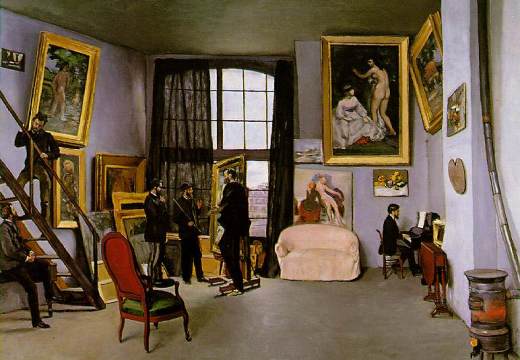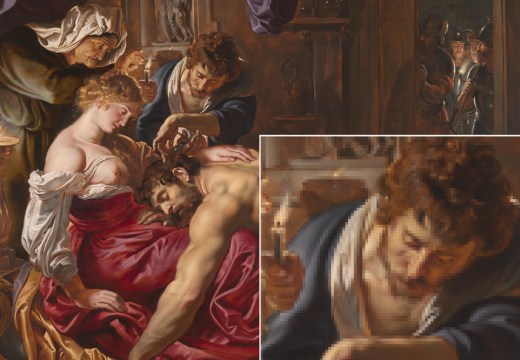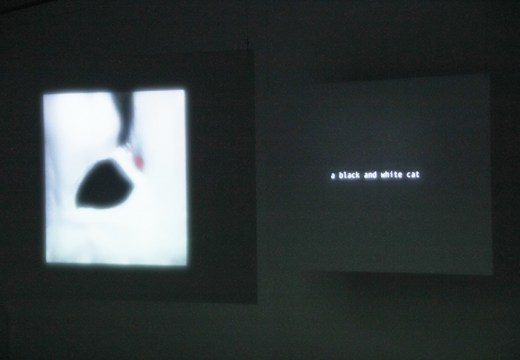From the June 2022 issue of Apollo. Preview and subscribe here.
For many, the advent of blockchain and other new technologies seems to have transformed the art market almost beyond recognition in recent years. Jean Gazançon, CEO of Arte Generali – a Munich-based offshoot of the Italian insurance giant Generali – takes a different view. When he and his team were preparing to launch the company three years ago, they identified that ‘the whole process around art insurance proves to be extremely bureaucratic from an art lover’s point of view’, and that it would be almost by chance that a collector hoping to insure their works of art might find ‘real services’ of the sort that they would once have taken for granted. ‘In the past, when the business was less transactional, insurers could, as a real companion to the collector, give advice on restoration, on framing, on storage. But with the change of pace in the industry, this ability to really accompany the client disappeared,’ Gazançon says.
In seeking to return collectors to a ‘less transactional’ time, new technologies have been fundamental to the way that Arte Generali has gone about structuring its business model. The company offers a personalised Concierge service, available through its app, which puts collectors in touch with providers of services ranging from lighting to legal advice, each handpicked by Arte Generali. The app also provides access to a a service to certify the authenticity of a work of art. To do this, one uploads images of one’s works to the blockchain, to then be assessed by an expert. In 85 per cent of cases, a certificate of authenticity can be issued on the strength of the images alone; in the remainder, independent, in-person verification is called for. A specialist tool, developed with Arte Generali’s partners Wondeur, offers past, present and projected market-place evaluations of work by artists born after 1900. And Arte Generali is currently at work on a new service, which makes use of AI technologies to help collectors detect fakes and forgeries.
Arte Generali’s primary duty is to its clients – ‘Our goal is to make art-collecting more accessible. We are part of the art community. Therefore, we see it as part of our responsibility to provide security to the market. This also includes eliminating doubts,’ Gazançon says. But the amalgam of services it provides may well have a more wide-ranging effect on the art world at large. Making use of the blockchain to log certificates of authenticity for historical artworks will help to ‘disintermediate’ the art market ‘in a very radical way’. Perhaps more radically still, if you can offer a systematic, automated means of raising doubts about authenticity or attribution, then you are certain to catch forgeries or misattributions that might otherwise have continued to be traded under the radar – and that means that everyone, from small-scale dealers and private collectors to major galleries and museums, may come to feel a greater sense of security in the knowledge of a work of art’s authenticity.
The use of machines to determine the authenticity of artworks has not been without controversy. Last year, the Swiss company Art Recognition conducted research on a painting in the National Gallery, Samson and Delilah. It is currently attributed to Rubens – but after feeding it through an algorithm they have developed, Art Recognition determined, with ‘92 per cent certainty’ that the work was in fact by another hand – a finding that ruffled more than a few feathers. Carina Popivici, Art Recognition’s cofounder, stresses that: ‘We don’t want to replace art experts.’ She adds that the team that worked on the Rubens project included a number of art historians; one of the difficulties of analysing Old Masters is their frequent use of workshops, and so traditional methods of connoisseurship were used to compile around 150 works by the artist that were deemed certainly ‘by the master’s hand’, with which to feed the machine.
Popovici explains that Art Recognition makes use of what’s known as a ‘convolutional neural network’, which it has adapted especially to read the edges of an artist’s brushstrokes and thereby determine authenticity. It’s an approach which has its limits – perhaps unsurprisingly, it works especially well with brushy Impressionist works, but automatic painting, for instance, poses problems. ‘These are areas where traditional techniques such as chemical analysis are still the method of choice’, says Popovici. Still, the technology is advancing all the time.
Of course, the drive towards a systematic means of attributing artworks is nothing new. In the 18th century, Giovanni Morelli established his famous system for identifying the true hand of a painter – by focusing not on the most well-worked sections of a painting, but on extremities like ears or fingers that were more likely to be dashed off in haste, with flair. Gazançon is also clear that Arte Generali’s aim is not to render traditional methods of art-historical analysis obsolete, but rather, in improving the kinds of systematic data that are available to art historians, to work in a ‘complementary’ way. ‘It’s not technology against human beings. Not either or, but the mutual complementation of highly specialised competencies. Part of the charm of an art piece is the history of the piece itself and of the artist. This kind of storytelling is typically human – I’m not sure there’s an AI solution to that!’
For more information about Arte Generali, visit www.artegenerali.com.
From the June 2022 issue of Apollo. Preview and subscribe here.
Unlimited access from just $16 every 3 months
Subscribe to get unlimited and exclusive access to the top art stories, interviews and exhibition reviews.














![Masterpiece [Re]discovery 2022. Photo: Ben Fisher Photography, courtesy of Masterpiece London](http://www.apollo-magazine.com/wp-content/uploads/2022/07/MPL2022_4263.jpg)
It’s time for the government of London to return to its rightful home